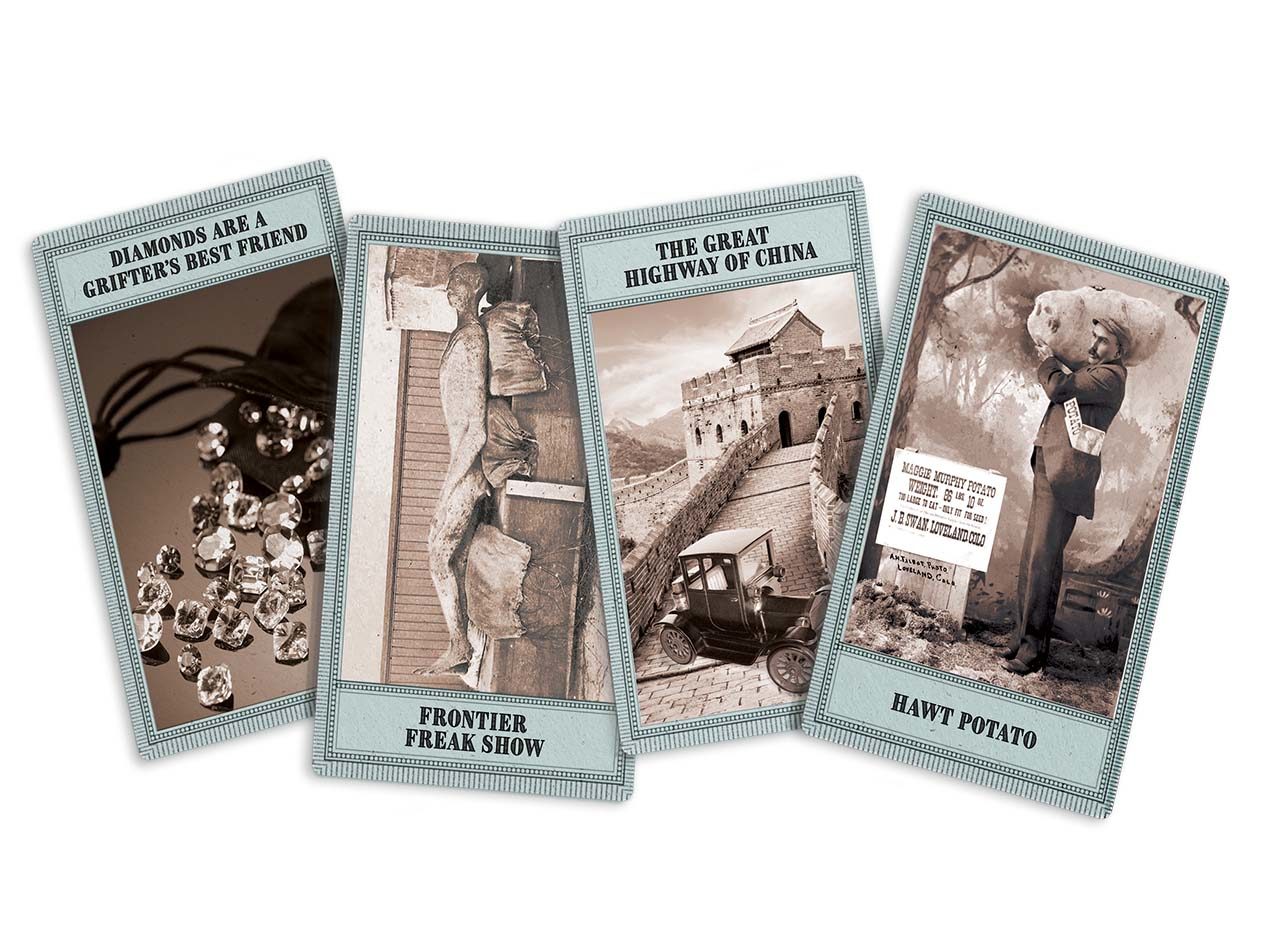The Local newsletter is your free, daily guide to life in Colorado. For locals, by locals.
This past March, a less-than-reputable website called imfromdenver.com claimed that a marijuana-friendly movie theater would be opening in the Mile High City this month. The report proved false and, as far as pranks go, pretty lame—it was a recycled ruse from 2015 that had fooled the Source, a music and culture magazine. But the joke is just the latest in the Centennial State’s storied line of hoaxes—a legacy led by these four epic schemes.
Diamonds Are A Grifter’s Best Friend
In 1871, a Kentuckian named Philip Arnold, looking worn and travel-weary, arrived in San Francisco with a bag full of diamonds and a vague story about a gem field in Native American territory. Arnold and his associate John Slack led a pack of patsies to northwest Colorado where (magically!) they found oodles of precious stones exactly where he’d told them to dig. Eventually, Arnold’s marks—an investment group that included two Civil War generals and the founder of the Bank of California—bought the mine and discovered that Arnold had simply purchased a bunch of diamonds and stuck them in the dirt. But by that time, Arnold was already home in the Bluegrass State, counting the $550,000 he’d swindled them out of.
Frontier Freakshow
People weren’t quite sure what to make of the humanlike fossil William A. Conant pulled from the earth near Pueblo in 1877. It was seven and a half feet tall, had arms that reached to its knees, and featured a two-inch tail. Folks wondered if the “Solid Muldoon” might be the link between apes and humans theorized by Charles Darwin. The only link, however, proved to be to P.T. Barnum, who employed Conant and purchased a share of the “fossil” to be displayed as part of his traveling show. Turns out, the Solid Muldoon had been cast in concrete in Pennsylvania and shipped to Colorado to be discovered by Conant. Barnum never admitted to being the mastermind, but who else could create such a circus?
The Great Highway of China
Three of Denver’s newspapers published quite the scoop in 1899: China was planning to knock down part of the Great Wall in order to build a road between Nanking and Siberia. These enterprising reporters stumbled upon the sensational story when they met Frank Lewis, a Chicago civil engineer who was passing through Denver on his way to China; his company was apparently gunning for the highway contract. Lewis would never make it to China, though—because he was a fabrication. While commiserating about a slow news day over cocktails, the reporters—all from different papers—decided to make up a story they were sure would satisfy their editors. Imagine their surprise when the New York Times picked up the tale.
Hawt Potato
In 1895, Scientific American magazine published a photograph of Loveland farmer J.B. Swan and his prize crop: an 86-pound potato. The picture was spread by other publications and, according to some, became the first viral image. (In the era of knee-length, wool swimming gowns, prodigious produce was titillating.) Then, suddenly, Swan’s spud disappeared. He reportedly searched Fort Collins, Greeley, and Denver to no avail. How could a potato the size of a Bernese mountain dog just disappear? Because it never existed, of course. Loveland Reporter editor W.L. Thorndyke likely devised the doctored visual to drum up interest in the local fair, unintentionally inventing “clickbait” in the process.









